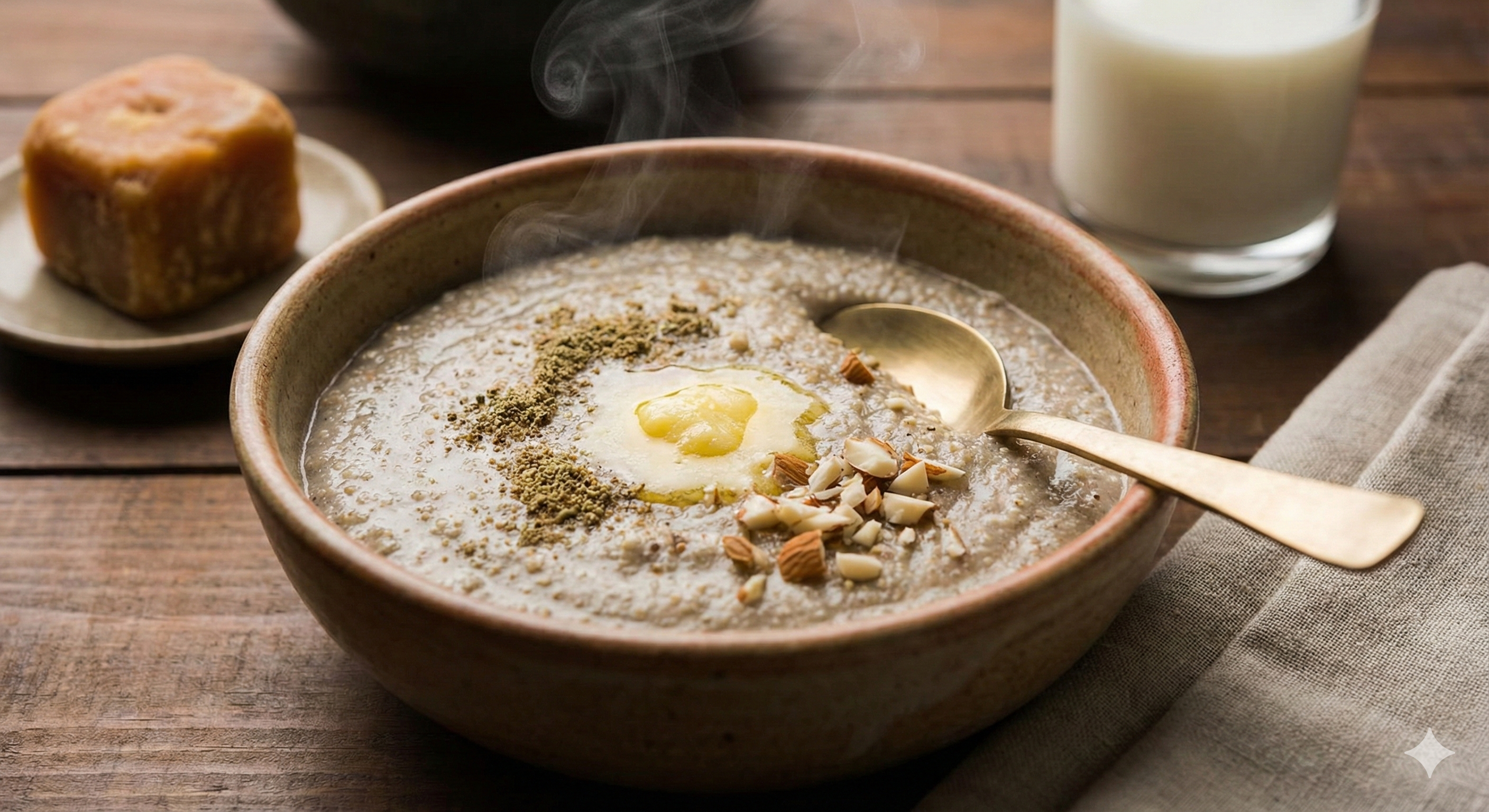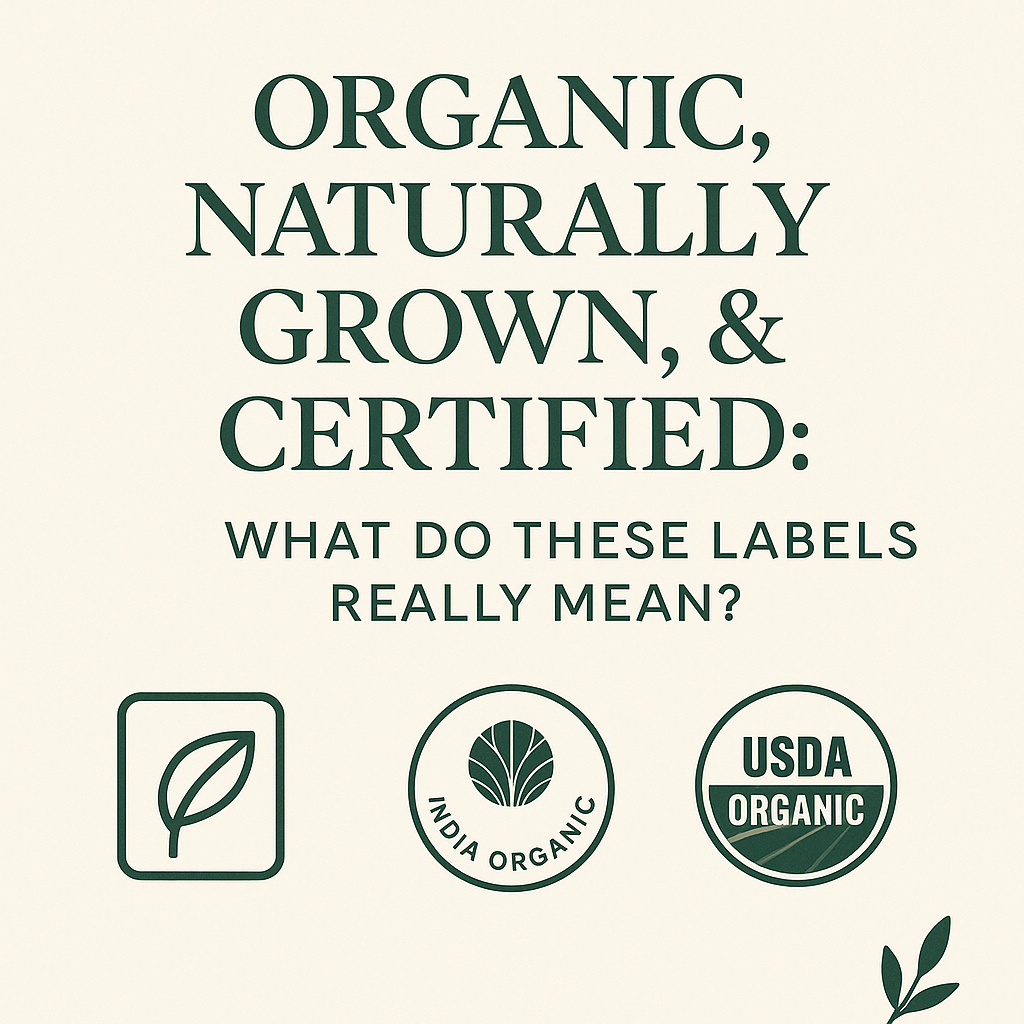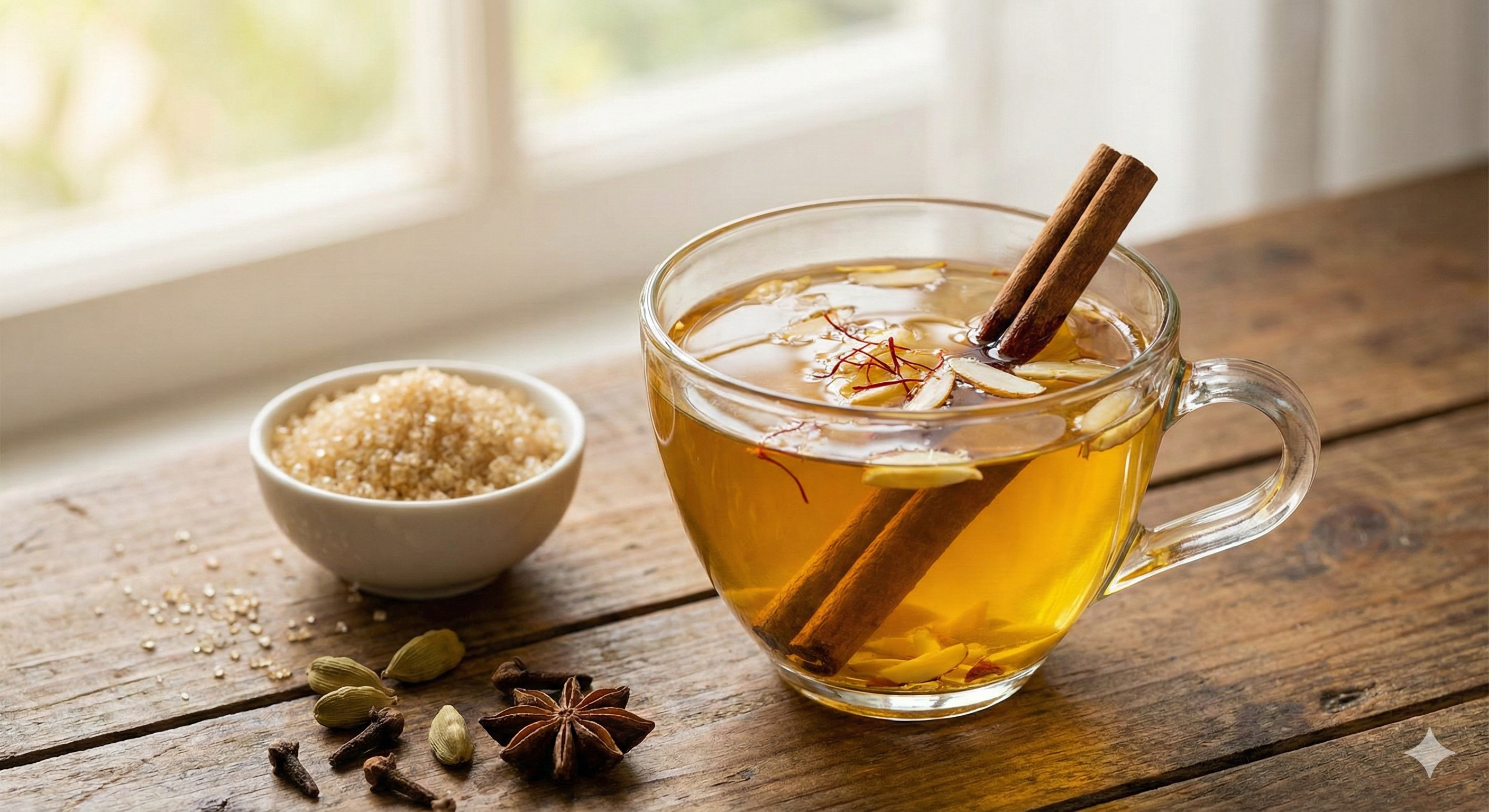Why This Matters
We all want to make better choices — for our homes, our families, and the planet. But the world of “eco-friendly packaging” is full of buzzwords that often confuse more than they clarify.
So let’s break them down, the Urban Organic Life way: simple, relatable, and without the guilt.
1. COMPOSTABLE — The Gold Standard
Compostable materials break down fully into:
✔️ nutrient-rich compost
✔️ water
✔️ carbon dioxide
✔️ zero toxins
They benefit the soil and disappear completely within months.
🟢 Why It’s Great
-
Leaves no microplastics
-
Turns into compost
-
Perfect for food waste, packaging, cutlery, bags
Examples
-
Cornstarch bags
-
Bagasse/sugarcane plates
-
Paper-based cups
-
Vegetable waste
⏳ Breaks down in: 8–12 weeks (industrial), 3–6 months (home compost)
2. BIODEGRADABLE — Not As Clear As It Sounds
Biodegradable simply means it will break down eventually.
But:
❌ It may take years
❌ It may leave toxins or microplastics
❌ It may still be made from plastic
Biodegradable ≠ eco-friendly by default.
Examples
-
Paper
-
Jute
-
Bamboo
-
Some plastics labelled as “biodegradable”
⏳ Breaks down in: months to decades
3. OXO-BIODEGRADABLE — The “Fake Eco-Friendly” Option
These are plastics mixed with additives that help them fragment faster.
But they become:
⚠️ microplastics
⚠️ harmful to soil
⚠️ dangerous to marine life
Verdict:
🛑 Not compostable
🛑 Not safe
🛑 Should be avoided
4. PLANT-BASED (Bio-Based) — Natural… But With Conditions
Just because packaging is made from plants doesn’t mean it’s compostable.
A corn-based plastic bottle may still behave like normal plastic unless it’s certified compostable.
Look for Certifications:
-
EN 13432
-
ASTM D6400
-
OK Compost logo
Plant-based ≠ automatically eco-friendly.
5. RECYCLABLE — Good, But Not Always Effective
Recyclable means it can be recycled if:
-
it’s clean
-
it’s segregated
-
facilities exist
But in India, only 9% of recyclable plastic actually gets recycled.
Best recyclable materials
-
Glass
-
Metal
-
Paper
-
PET bottles (if clean)
Poorly recycled
-
Chip packets
-
Biscuit wrappers
-
Tetra packs
- Laminated pouches
6. HOME COMPOSTABLE vs INDUSTRIAL COMPOSTABLE
HOME COMPOSTABLE
Breaks down at room temperature — perfect for kitchen compost bins.
Examples: food scraps, paper, cornstarch bags, coffee filters.
INDUSTRIAL COMPOSTABLE
Needs high heat (55–60°C), controlled humidity, shredding.
Examples: PLA cups, bioplastic cutlery.
If industrial compostables aren’t sent to industrial facilities, they may not break down.
7. RECYCLED vs RECYCLABLE — Huge Difference
RECYCLED
Made from recycled materials.
Examples: recycled paper, recycled PET.
RECYCLABLE
Can be recycled after use.
Recycled is always better than recyclable.
8. ZERO-WASTE — The Ideal, Not the Rule
Zero-waste means sending nothing to a landfill.
It’s beautiful in philosophy, tough in practice.
But you can aim for:
-
Low-waste kitchens
-
Reusable containers
-
Cloth bags
-
Bulk buying
-
Composting
| Label | Good for You? | Good for Planet? | Notes |
|---|---|---|---|
| Home Compostable | ✔️ Yes | ✔️✔️ Excellent | Best option |
| Compostable (Industrial) | ✔️ Yes | ✔️ Very good | Needs facility |
| Biodegradable | ⚠️ Sometimes | ⚠️ Depends | Misleading |
| Plant-Based | ✔️ Depends | ⚠️ Only if compostable | Check certification |
| Recyclable | ✔️ Maybe | ⚠️ Low recycling rate | Needs segregation |
| Oxo-Biodegradable | ❌ No | ❌ Very poor | Avoid |
| Recycled | ✔️ Yes | ✔️ Sustainable | Great choice |
Choosing better doesn’t mean being perfect.
It means being aware.
At Urban Organic Life, we focus on:
🌿 compostable packaging
🌿 minimal waste
🌿 natural materials
🌿 honest labelling
🌿 ingredients that respect the earth
Because sustainability isn’t a trend — it’s a lifestyle of small, mindful choices.
✨ Clean products. Clean packaging. Clean living.
🛒 Explore sustainable pantry essentials at urbanorganiclife.com






